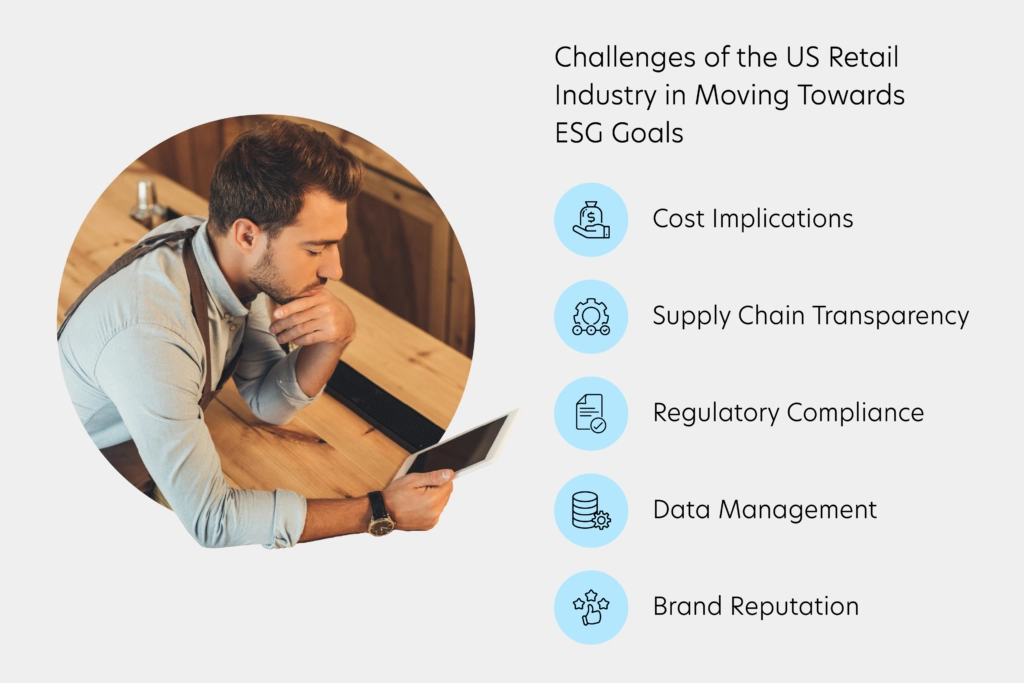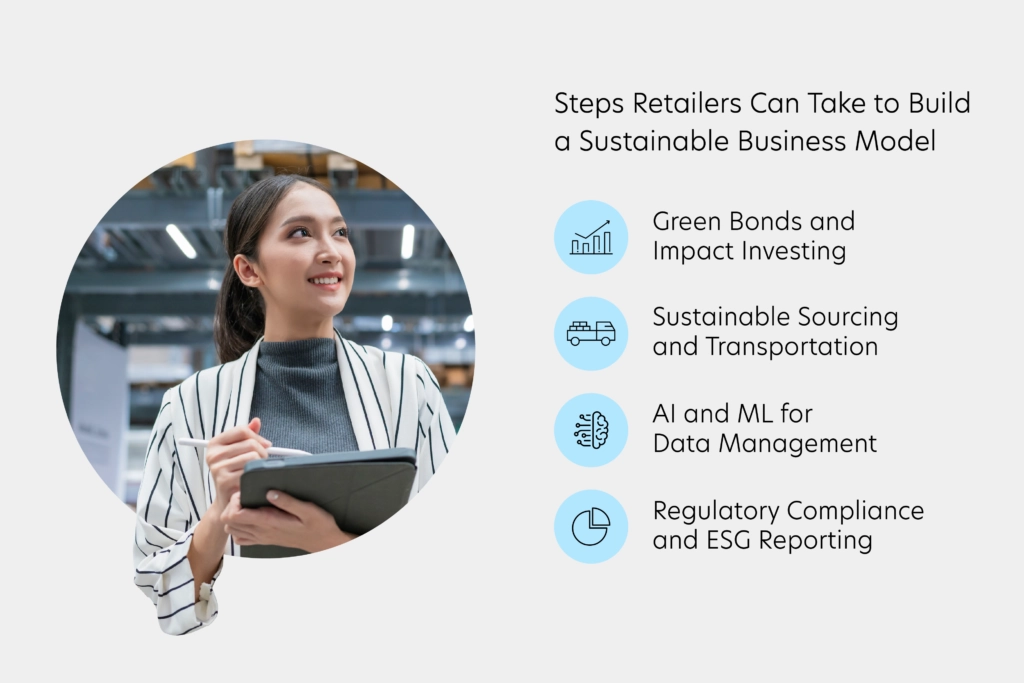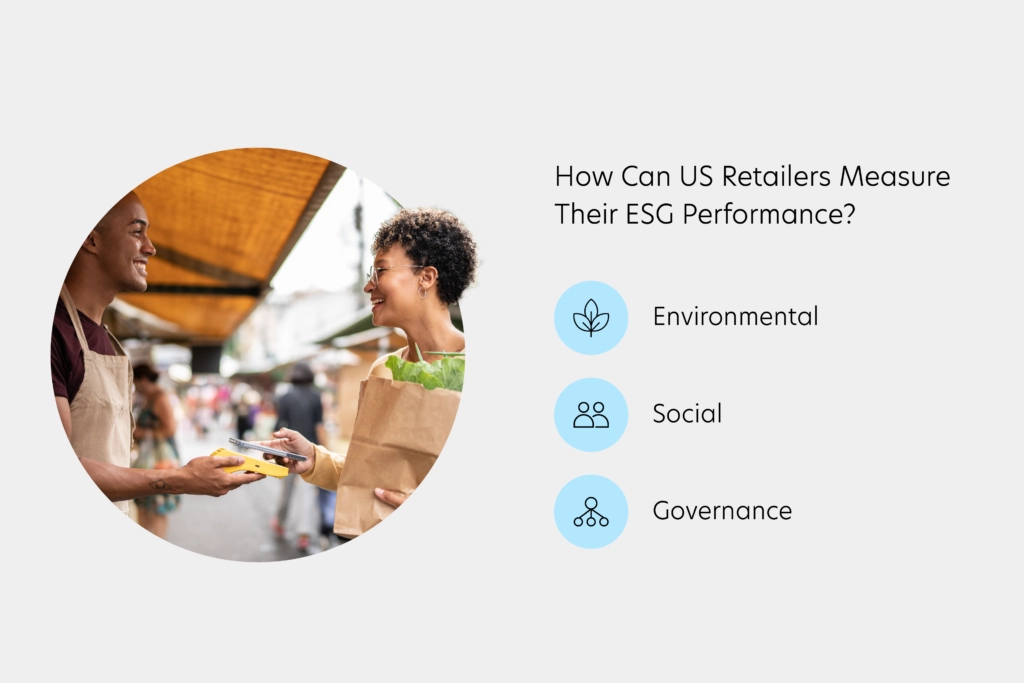Building sustainable operations – To achieve ESG goals in times of budget cuts
According to a Gartner survey, 87% of business leaders are expected to increase their investment in sustainability in the next two years.
Read moreThe retail industry has undergone significant transformation in the last decade, with the internet creating new sales channels and introducing new competitors. The COVID-19 pandemic accelerated the retail industry’s digital transformation. Simultaneously, it brought sustainability into focus for retailers with heightened scrutiny from different stakeholders.

Even as ESG reporting is voluntary in many countries, increasing global regulations are being drafted for ESG data reporting. The United States is considering rules requiring companies to make detailed disclosure of climate-related risks and Greenhouse Gas (GHG) emissions. While the European Union has introduced the Sustainable Finance Disclosure Regulation (SFDR) to improve transparency around corporate sustainability claims.
Retailers must comply with regulations that vary by country and region, which can be challenging for multi-location retailers.

Retailers are exploring various financing options (such as green bonds, sustainability-linked loans, and impact investing) to address the cost implications of implementing ESG goals.
They also realize financial gains by reducing costs through energy efficiency measures, waste reduction, and sustainable sourcing practices. They are adopting LED lighting, using renewable energy, and implementing energy management systems to monitor and optimize their energy usage.
Moreover, retailers are also exploring sustainable transportation options such as electric vehicles, bike deliveries, and alternative fuels to reduce their carbon footprint.
Retailers are collaborating with suppliers to increase supply chain transparency through proper disclosure.

Retailers can measure their social impact by tracking employee diversity and inclusion metrics, labor practices, supply chain transparency, and community engagement.
Many prominent retailers like Macy, Sephora, and twenty-three other retailers have signed a 15% pledge to dedicate more shelf space to black-owned brands. They can also report on their efforts to promote social responsibility, such as supporting local communities or implementing fair trade practices.
According to a Gartner survey, 87% of business leaders are expected to increase their investment in sustainability in the next two years.
Read moreRetail brands have to battle to be unique among many others frequently. Businesses need to do more than offer the widest range of products.
Read moreAs per the latest studies, more than 70% of global consumers are keen to change their consumption habits to reduce their environmental footprint.
Read more